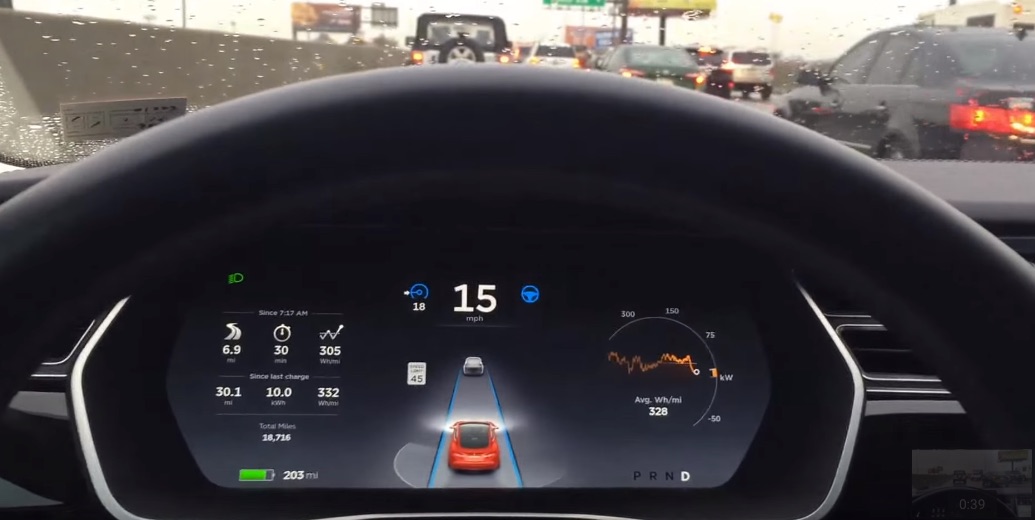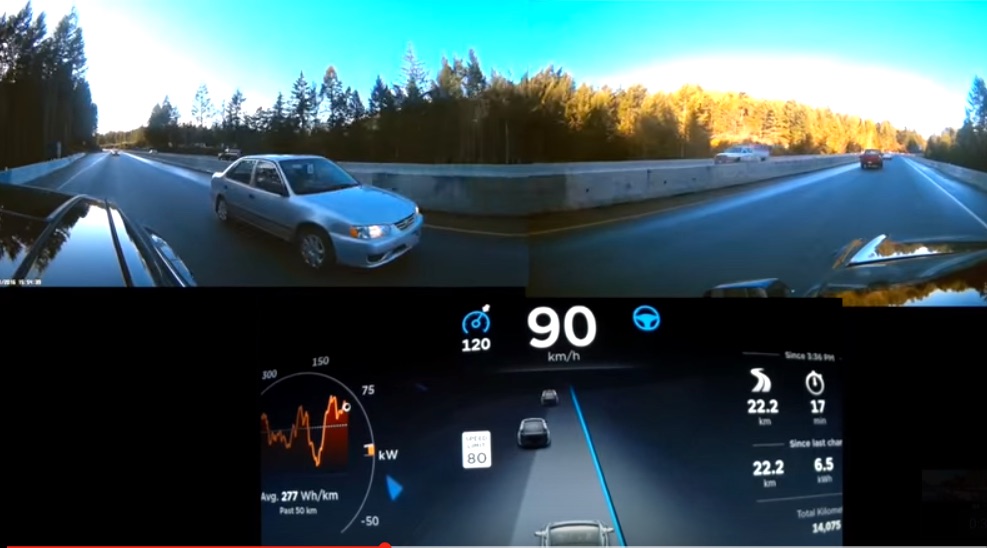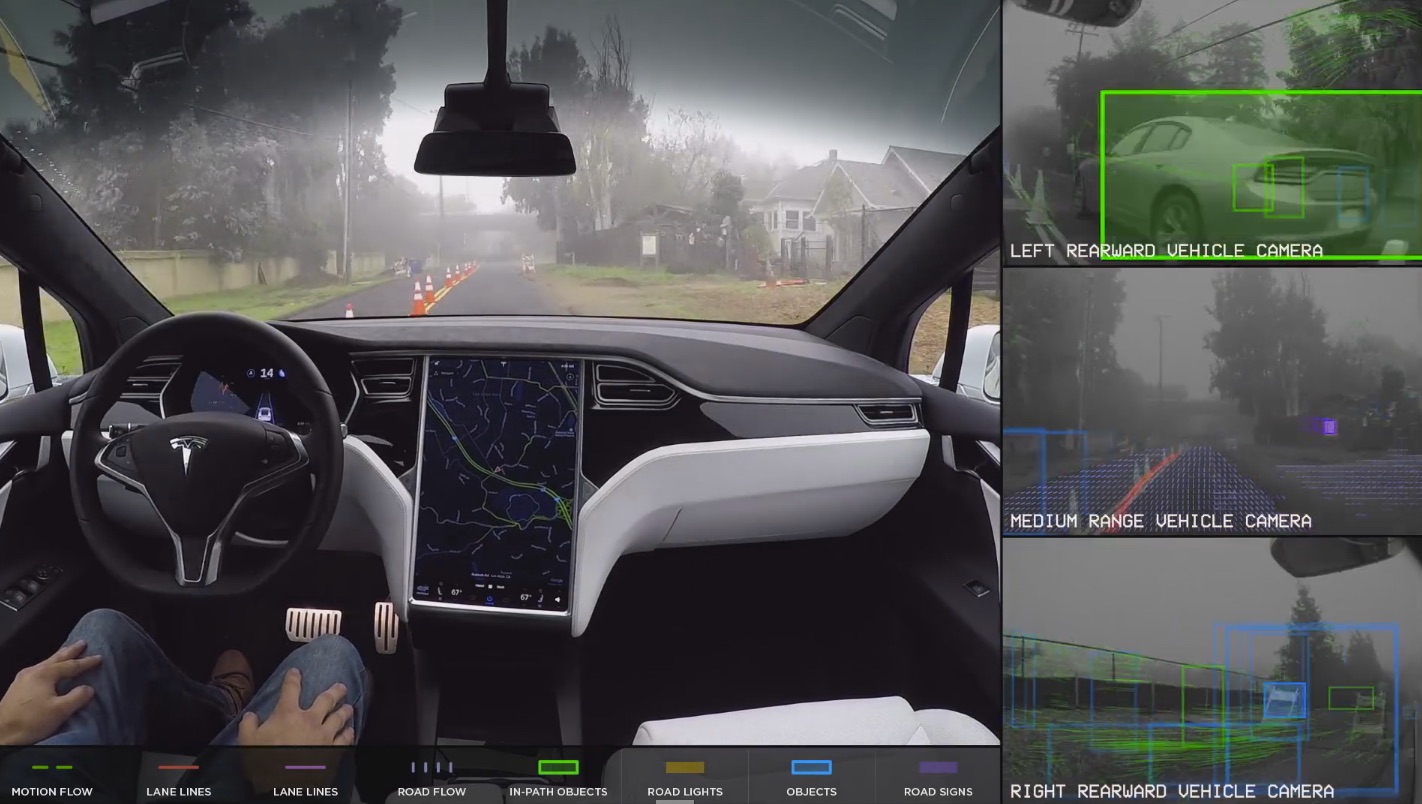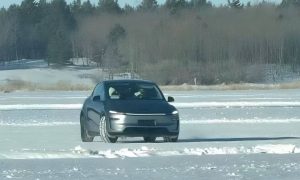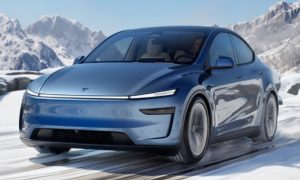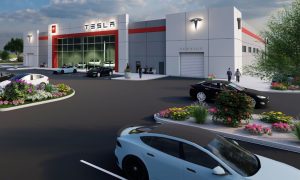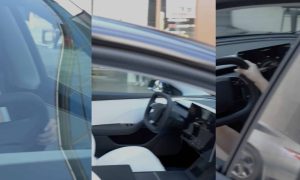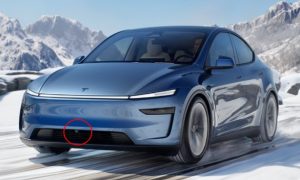Serial tech entrepreneur and Tesla CEO Elon Musk has had a longstanding fear of artificial intelligence, but his company’s investments in artificial intelligence have been noted as an attempt to keep track of developments in the field of AI. In an interview for Vanity Fair in April 2017, he outright expressed his concerns with AI and claimed that one of the reasons for the development of SpaceX was that it could be an interplanetary escape route for humanity if artificial intelligence goes rogue. However, even Musk realizes the importance of AI in real-world applications, specifically for self-driving cars. At the end of June, Musk hired Andrej Karpathy as the new Director of Artificial Intelligence at Tesla, and MIT Technology Review claims it is the start of a plan to rethink automated driving at Tesla.
Karpathy comes from OpenAI, a non-profit company founded by Musk that focuses on “discovering and enacting the path to safe artificial general intelligence.” Afterwards, he moved on to intern at DeepMind, a place that spotlighted reinforcement learning with AI. Karpathy’s previous research focuses are on image understanding and recognition, which directly translates into applying proven image recognitions algorithms in Tesla’s Autopilot.
Recently, the popular question of morality was brought up in context to AI learning in Autopilot cars. It’s very interesting to consider how to teach technology to respond to an innately human moral problem. The Moral Machine, hosted by Massachusetts Institute of Technology, is a platform built to “gather human perspectives on moral decisions made by machine intelligence, such as self-driving cars.” It questions how the machine would act in human decisions such as whether to crash the driver or keep driving into a pedestrian that is crossing the street where there are no traffic regulators. How exactly do you teach a logical machine the mechanisms of ethical decision-making?
Although Musk and Tesla are the leaders in the self-driving field, a number of other companies are also entering into the competition sphere. Google, Uber, and Intel’s Mobileye have all been considering the application of reinforcement learning in the context of self-driving cars. Uber, Waymo, GM (Cruise Automation), Mobileye (camera supplier), Mercedes and Velodyne (LiDAR Supplier) could be potential competitors in the realm of self-driving vehicles. However, most of the technology does not encompass full self-driving, which is Musk’s aim. While other companies are investing heavily in autonomous fleets, Tesla far outpaces them in terms of data collection and release of finished product.
What are the differentiators for Tesla in the growing field of AI directed driverless cars?
Historically, Musk has focused on “narrow AI” which can enable the car to make decisions without driver interference. The vehicles would increasingly rely on radar as well as ultrasonic technology for sensing and data-gathering to form the basis for Tesla’s Autopilot algorithms. A technology that isn’t derived from LiDAR, the combination of radar and camera system said to outperform LiDAR especially in adverse weather conditions such as fog.
With the introduction of Autopilot 2.0 and Tesla’s “Vision” system, and billions of miles real-world driving data collected by Model S and Model X drivers, Tesla continues to create a detailed 3D map of the world that has increasingly finer resolution as more vehicles are purchased, delivered and placed onto roadways. The addition of GPS allows Tesla to put together a visual driving map for AI vehicles to follow, paving the path for newer and more advanced vehicles.
The addition of Karpathy will be a notable asset for Tesla’s Autopilot team. In specific, the team will be able to apply Karpathy’s deep knowledge of reinforcement learning systems. Reinforcement learning for AI is similar to teaching animals via repetition of a behavior until a positive outcome is yielded. This type of machine learning will allow Tesla Autopilot to navigate complex and challenging scenarios. For example, AI will allow cars to determine in real-time how to navigate a four-way stop, a busy intersection or other difficult situations present on city streets. By making cars smarter with the way they navigate drivers, Tesla will put itself ahead of the curve with a fully-thinking, fully self-driving car.
Tesla is expected to demonstrate a fully autonomous cross-country drive from California to New York by the end of this year as a showcase for its upcoming Full Self-driving Capability. If you’re buying a Tesla Model 3, or an existing Model S or Model X owner, just know that you’re contributing to a self-driving future, mile by mile.

